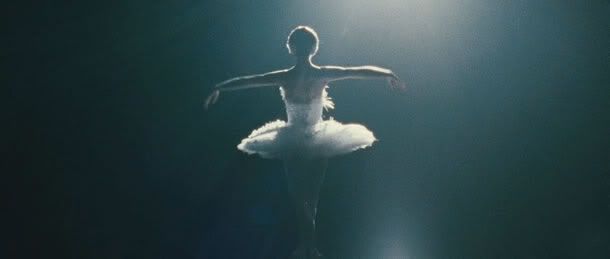HOME
This is the blog of Ian Rosales Casocot. Filipino writer. Sometime academic. Former backpacker. Twink bait. Hamster lover.
Interested in What I Create?
Bibliography

The Great Little Hunter
Pinspired Philippines, 2022

The Boy The Girl
The Rat The Rabbit
and the Last Magic Days
Chapbook, 2018

Republic of Carnage:
Three Horror Stories
For the Way We Live Now
Chapbook, 2018

Bamboo Girls:
Stories and Poems
From a Forgotten Life
Ateneo de Naga University Press, 2018

Don't Tell Anyone:
Literary Smut
With Shakira Andrea Sison
Pride Press / Anvil Publishing, 2017

Cupful of Anger,
Bottle Full of Smoke:
The Stories of
Jose V. Montebon Jr.
Silliman Writers Series, 2017

First Sight of Snow
and Other Stories
Encounters Chapbook Series
Et Al Books, 2014

Celebration: An Anthology to Commemorate the 50th Anniversary of the Silliman University National Writers Workshop
Sands and Coral, 2011-2013
Silliman University, 2013

Handulantaw: Celebrating 50 Years of Culture and the Arts in Silliman
Tao Foundation and Silliman University Cultural Affairs Committee, 2013

Inday Goes About Her Day
Locsin Books, 2012

Beautiful Accidents: Stories
University of the Philippines Press, 2011

Heartbreak & Magic: Stories of Fantasy and Horror
Anvil, 2011

Old Movies and Other Stories
National Commission for Culture
and the Arts, 2006

FutureShock Prose: An Anthology of Young Writers and New Literatures
Sands and Coral, 2003
Nominated for Best Anthology
2004 National Book Awards
Follow the Spy
Recent Crumbs
Blogs I Read
© 2002-2021
IAN ROSALES CASOCOT
Thursday, December 23, 2010
 3:21 PM |
You Die for Your Art
3:21 PM |
You Die for Your Art

If there is a thread we can pounce on with the body of work of filmmaker Darren Aronofsky, it may be this: you die, or at least suffer, for your art or your ideal. That was immediately apparent when I first saw
π [
Pi, 1998] years and years ago.
Pi was about an obsessive number theorist named Max Cohen (Sean Gullette) who struggles to understand the string of numbers hidden in the Torah and with a mysterious 216-digit number his computer not-so-randomly spat out one day. Later on, we see Max's cinematic cousins in Ellen Burstyn's Sara Goldfarb who struggles to fit into an old red dress with the use of amphetamines in
Requiem for a Dream [2000], Hugh Jackman's Tommy who struggles to find a cure for his wife's brain tumor in
The Fountain [2006], and Mickey Rourke's Robin Ramzinski who struggles with an ailing heart to win one last match in
The Wrestler [2008].
Now, in the terrific and terrifying
Black Swan [2010], Aronofsky unveils his new obsessive in Natalie Portman's Nina Sayer, a ballet dancer known for perfect technique but not for raw uninhibition needed to truly achieve riveting dance. She begins to lose her mind, in a living nightmare reminiscent of Roman Polanski's
Repulsion [1965], as she struggles to lose her straight-laced constraints to truly become the titular ballet role. Her perfection -- dull and unseductive -- slowly cracks.
Mr. Aronofsky knows. He knows the terrible beauty and the exacting nature of artistry or the search for that perfection or ideal. In his previous films, however, one does not get a close-enough cinematic depiction of the need -- or the hunger -- to achieve that artistic ideal. In
Black Swan, he finally does. Take note of that transformation scene when Nina finally breathes in her terrible achievement: she glows and menaces and walks around the backstage like a predator in ecstasy. I recognized that walk, that breathing, that deadly seduction set in the eyes. I told myself, that's it -- that's the familiar high we get when we are in the very depths of the artistic zone. Mr. Aronofsky perfectly renders it. Which is why I love this film. It is not subtle, and does not aim to be -- and so one should not fault it for being the visceral assault that it is. It perfectly captures that throbbing sensuality of having to surrender, little by little, all that we are in the service of our art. And if we have to die for it, we do so with the comfort of knowing we have created something immortal in the process, the applause we get becoming a mere trifle in the exquisite bloodletting it requires.
Labels: dance, film
[0] This is Where You Bite the Sandwich
GO TO OLDER POSTS
GO TO NEWER POSTS

















 3:21 PM |
You Die for Your Art
3:21 PM |
You Die for Your Art
